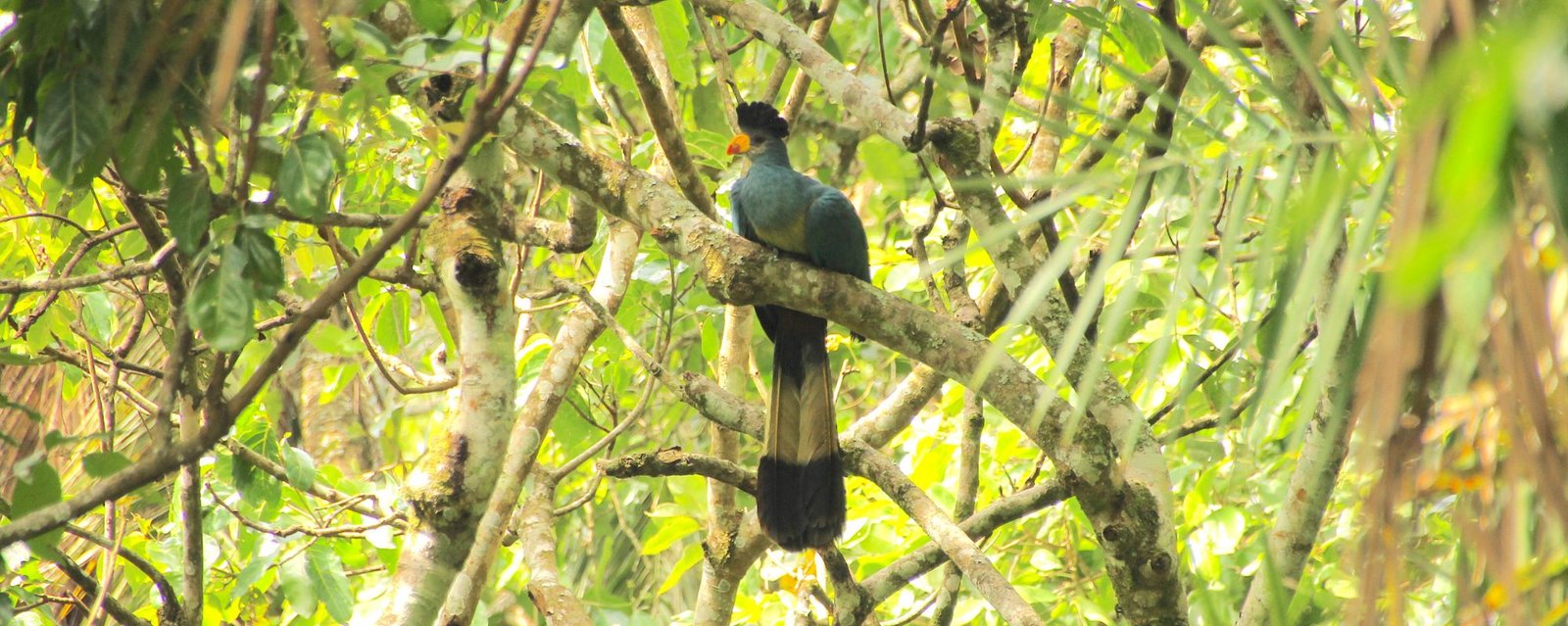Ten Facts to Know About Kibale National Park
Ten facts to know about Kibale national park provides information on different aspects of the national park. Kibale National Park is a renowned protected area located in western Uganda. It is one of the most popular national parks in the country and is known for its diverse wildlife, lush rainforests, and remarkable primate populations. Kibale National Park is a must-visit destination for nature lovers and wildlife enthusiasts. Its diverse primate populations, incredible birdlife, lush rainforests, and commitment to conservation make it an exceptional place to experience Uganda’s natural beauty and biodiversity.
Age and Establishment:
Kibale National Park was established in 1993, making it one of Uganda’s national parks. However, the area has a long history of conservation efforts dating back to the 1930s. The concept of protecting the Kibale forest area emerged in the 1930s when it was recognized for its ecological significance and unique biodiversity. In 1952, the British colonial government declared part of the forest as a Crown Forest Reserve, marking the first step towards conservation in the region. This designation aimed to safeguard the area’s flora and fauna and regulate human activities within the forest. Over the years, the importance of Kibale’s diverse primate populations and rich rainforest ecosystem became increasingly recognized, leading to further conservation measures. In 1962, the forest reserve was expanded, and the area became known as the Kibale Forest Game Reserve. The formal establishment of Kibale National Park came in 1993 when the Ugandan government elevated the Kibale Forest Game Reserve to national park status. This recognition provided enhanced protection and conservation measures for the area, ensuring the long-term preservation of its unique biodiversity. The establishment of Kibale National Park was a significant milestone in conservation efforts in Uganda. It represented a commitment to safeguarding the park’s diverse ecosystems, including the moist evergreen rainforest, which is home to an exceptional range of plant and animal species. Since its establishment, Kibale National Park has undergone continued management and conservation efforts. These efforts include research programs, monitoring initiatives, community involvement, and sustainable tourism practices. The park’s management works closely with local communities to promote conservation awareness, provide economic opportunities, and reduce human-wildlife conflicts. The age and establishment of Kibale National Park reflect the ongoing commitment to preserving Uganda’s natural heritage and the recognition of the park’s ecological significance. Today, Kibale National Park stands as a testament to the importance of protecting and conserving critical habitats, ensuring the long-term survival of its unique flora and fauna for generations to come.Size and Location:
Kibale National Park is located in western Uganda, covering an area of approximately 795 square kilometers (307 square miles). It is situated between Fort Portal and Kasese towns in the districts of Kabarole and Kamwenge. The park’s location in western Uganda places it within the Albertine Rift region, which is recognized as one of Africa’s most important biodiversity hotspots. The Albertine Rift is characterized by its high concentration of endemic species and diverse ecosystems, making it a significant area for conservation and scientific research.Rainforest Ecosystem:
Kibale National Park is predominantly covered by moist evergreen rainforest, representing one of the most extensive and well-preserved tracts of tropical rainforest in Uganda. The forest is characterized by tall trees, dense undergrowth, and a diverse range of plant and animal species. Here are some key features of the rainforest ecosystem in Kibale National Park:- Moist Evergreen Rainforest: The dominant forest type in Kibale National Park is the moist evergreen rainforest. This type of forest is characterized by its high rainfall, providing a constant supply of water to support the rich vegetation. The rainforest remains green throughout the year, creating a vibrant and thriving ecosystem.
- Canopy and Understory: The rainforest is characterized by multiple layers, including the canopy, understory, and forest floor. The canopy refers to the uppermost layer of the forest, consisting of tall trees that form a dense overhead canopy, blocking much of the sunlight from reaching the forest floor. Beneath the canopy, the understory consists of smaller trees, shrubs, and vines. The forest floor is covered with leaf litter and supports a variety of smaller plants and organisms.
- Biodiversity Hotspot: Kibale National Park’s rainforest is recognized as a biodiversity hotspot, hosting an incredible range of plant and animal species. The diverse habitat provides niches for various organisms, contributing to high species richness. The park is estimated to be home to over 350 tree species, 70 mammal species, and 375 bird species, including several endemic and endangered species.
- Primate Haven: The rainforest of Kibale National Park is particularly famous for its primate populations. The park is home to an estimated 13 primate species, including the endangered chimpanzees, as well as red colobus monkeys, black-and-white colobus monkeys, L’Hoest’s monkeys, grey-cheeked mangabeys, and olive baboons. The diverse primate community is a testament to the suitability of the rainforest habitat for these intelligent and social animals.
- Epiphytes and Orchids: The rainforest is adorned with a plethora of epiphytes, which are plants that grow on other plants for support but do not rely on them for nutrients. Epiphytes include various species of ferns, mosses, and orchids, adding beauty and diversity to the forest ecosystem. Kibale National Park is known for its stunning array of orchids, with over 200 species recorded within the park.
- Medicinal Plants: The rainforest of Kibale National Park is also a treasure trove of medicinal plants. Local communities have long relied on the forest’s flora for traditional medicine, utilizing plants with healing properties for various ailments. Several ongoing research initiatives aim to document and study the medicinal properties of the park’s plant species, contributing to our understanding of their potential therapeutic value.
- Carbon Sink: As a dense and thriving forest, Kibale’s rainforest serves as an important carbon sink, absorbing and storing carbon dioxide from the atmosphere. This contributes to mitigating the impacts of climate change, making the park an essential part of global efforts to combat carbon emissions.




